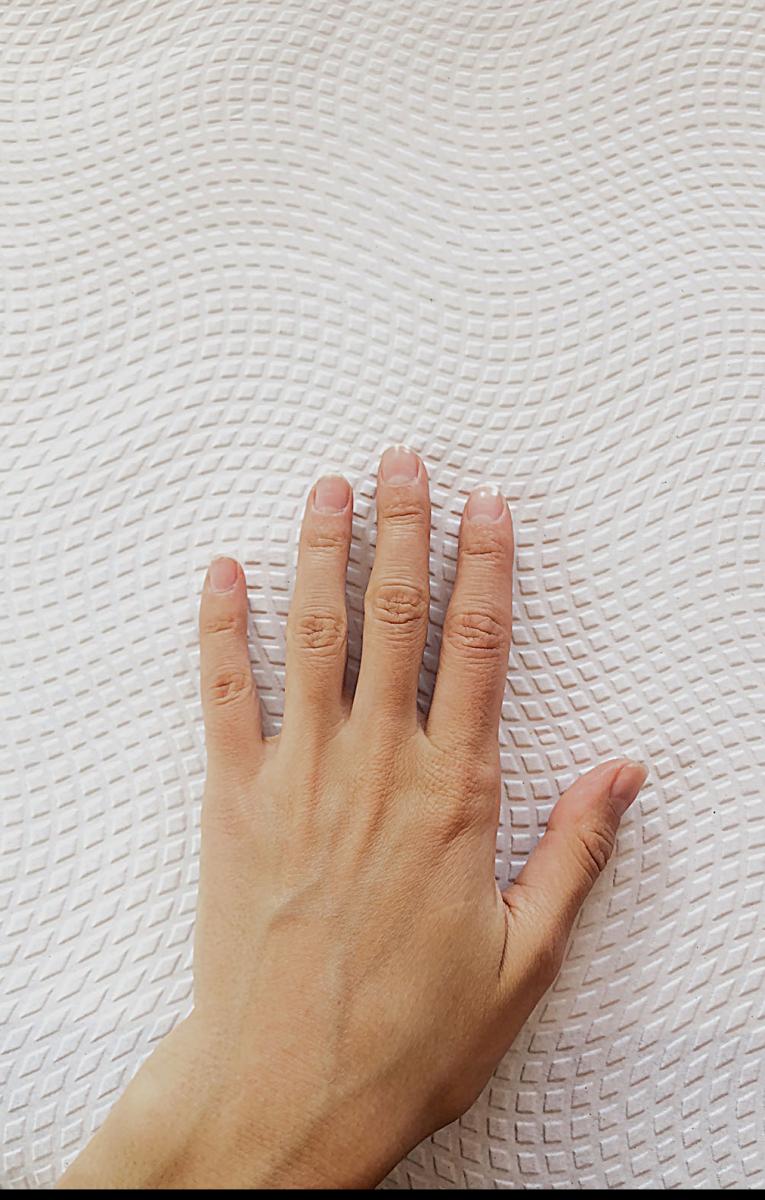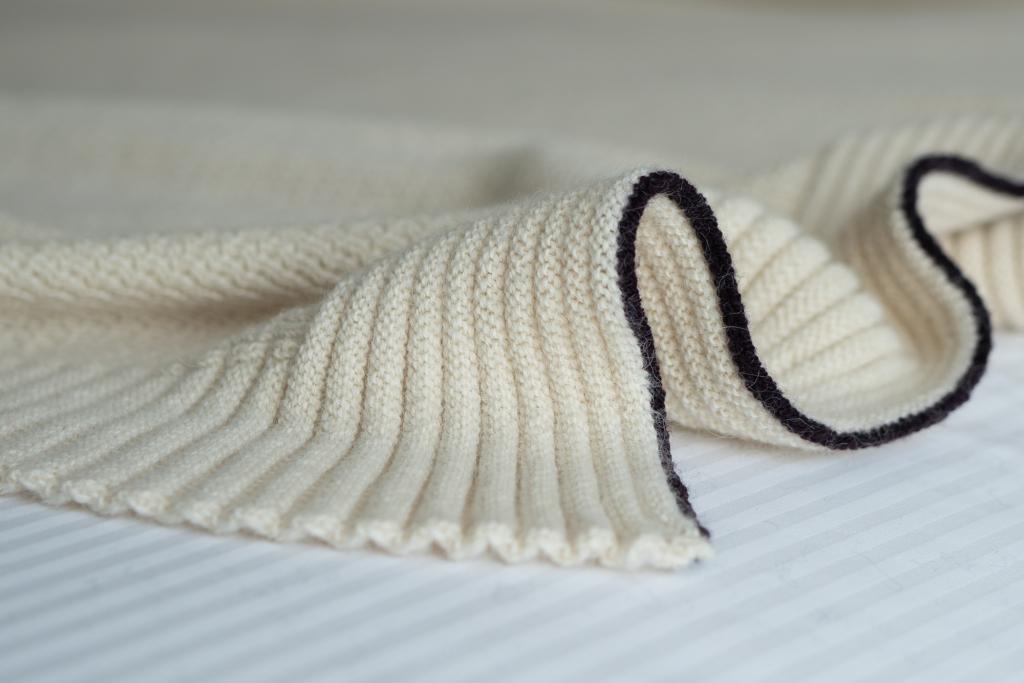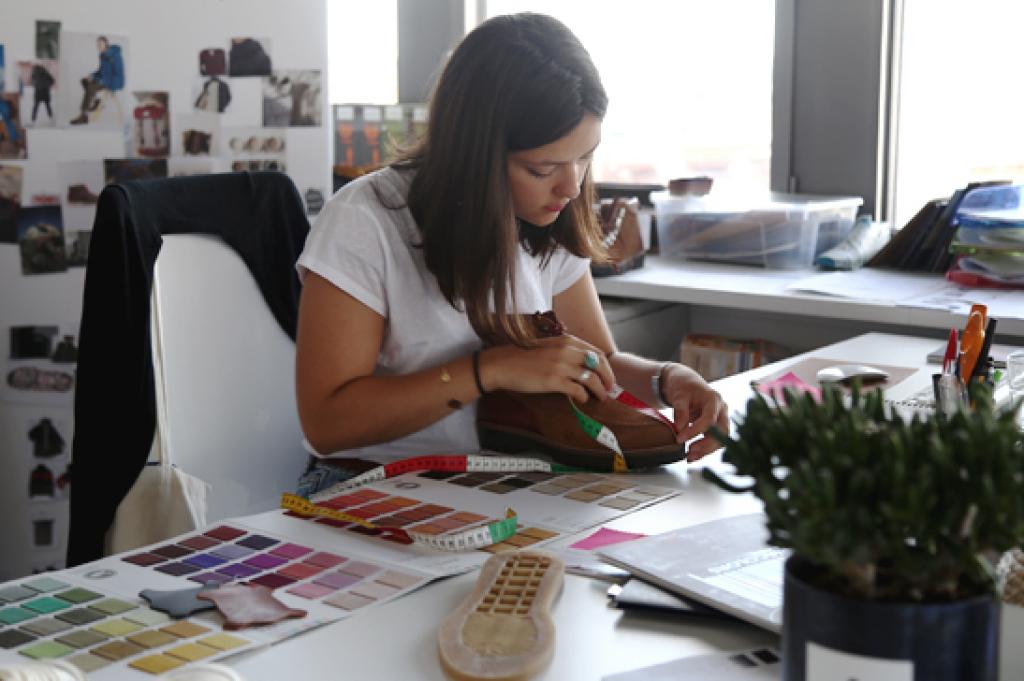Context and description
Supplying raw materials results in sizeable environmental impacts: water consumption, pollution resulting from pesticides and fertilisers, CO2 emissions, deforestation… It's the first stage of the life cycle which often constitutes the main stakes and focus for attention in terms of eco-design.
Whilst the choice of material is today namely linked to product characteristics (function, trend, marketability, seasonality...) it is important to integrate new choice criteria from the collection creation stage.
Furthermore, raw materials represent a strong "mental footprint" (image associated with the level of commitment) and directly affect the end user.
How can we associate brand image, product properties, cost management, quality and environmental criteria? In the face of the complexity of stakes, it is essential to begin by putting in place a coherent and progressive material strategy.









